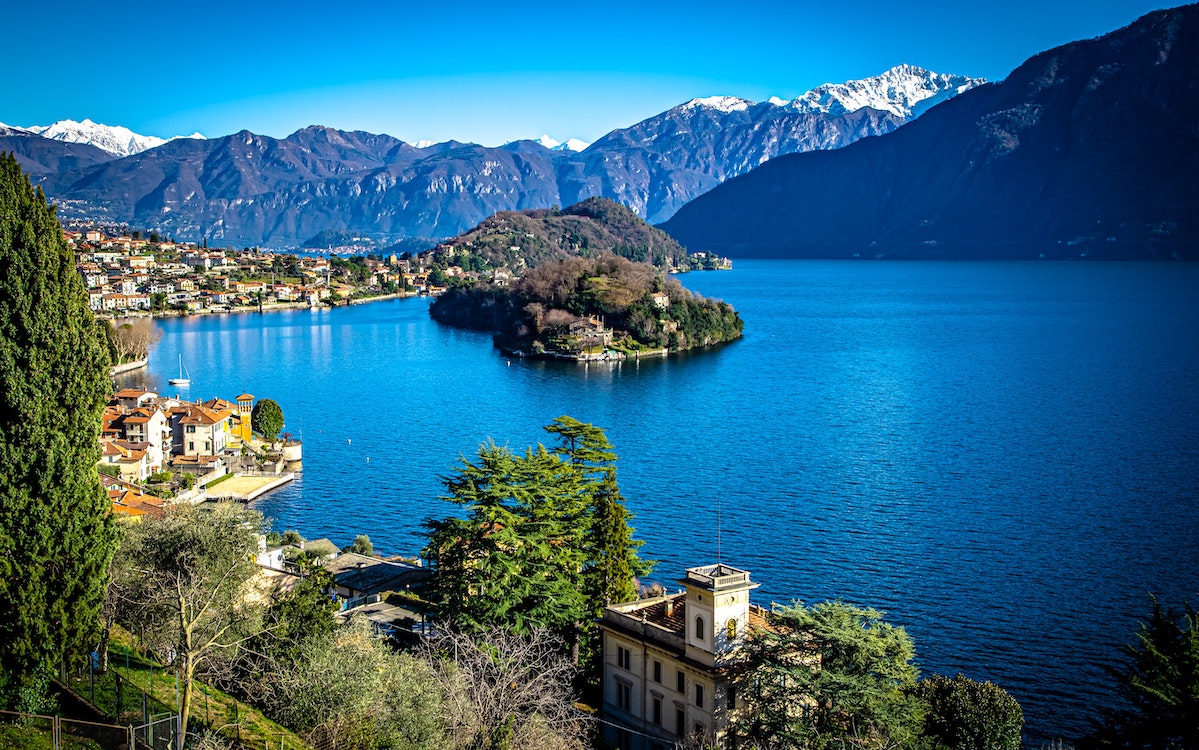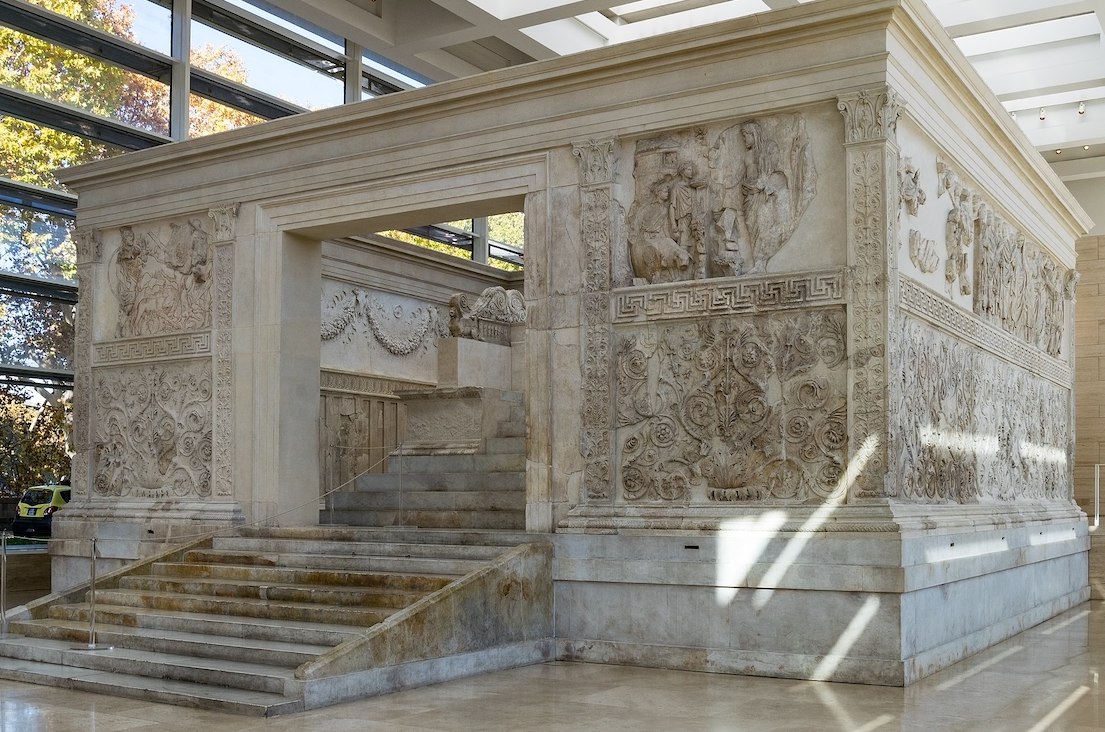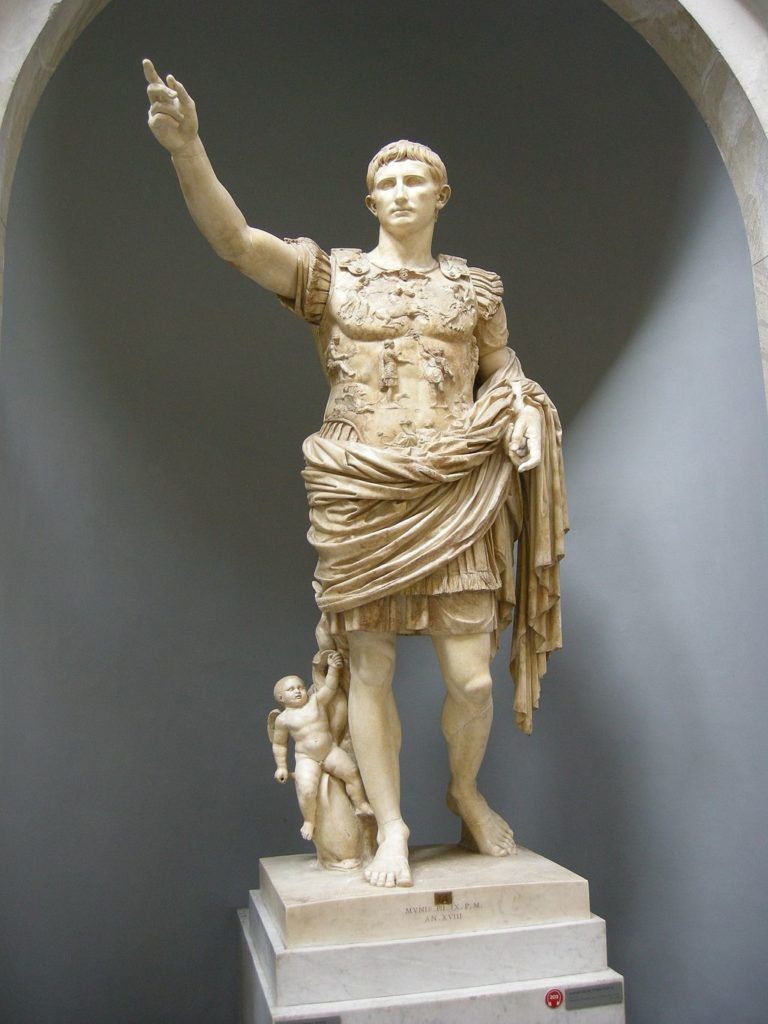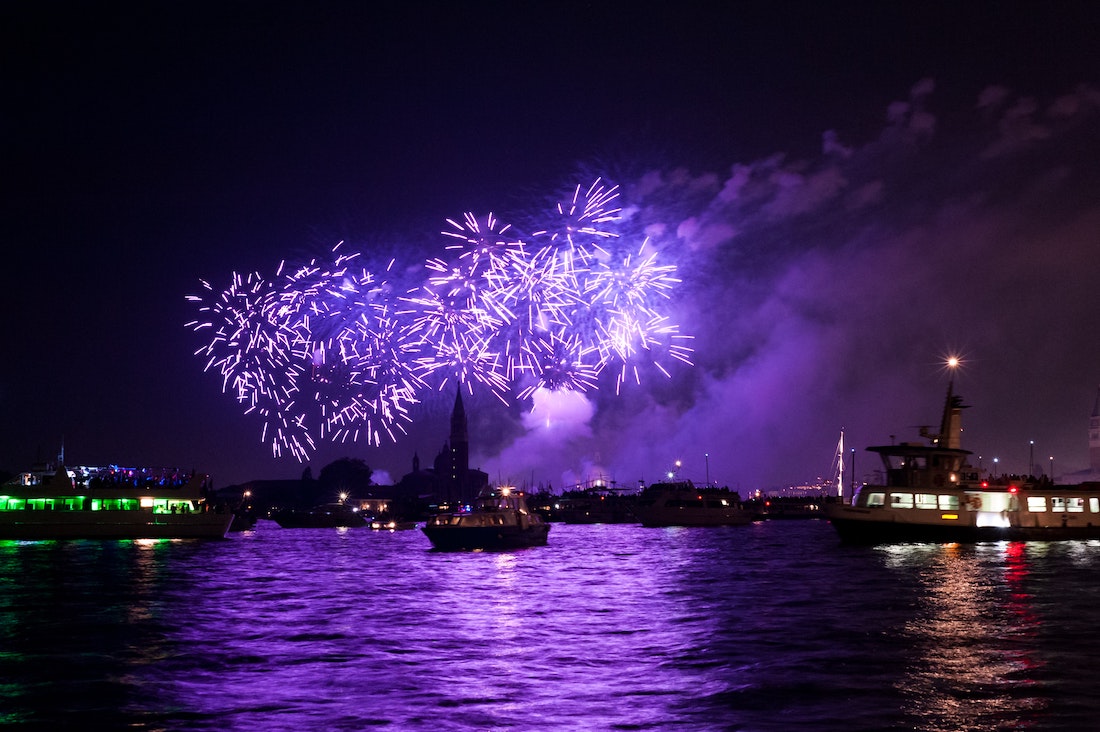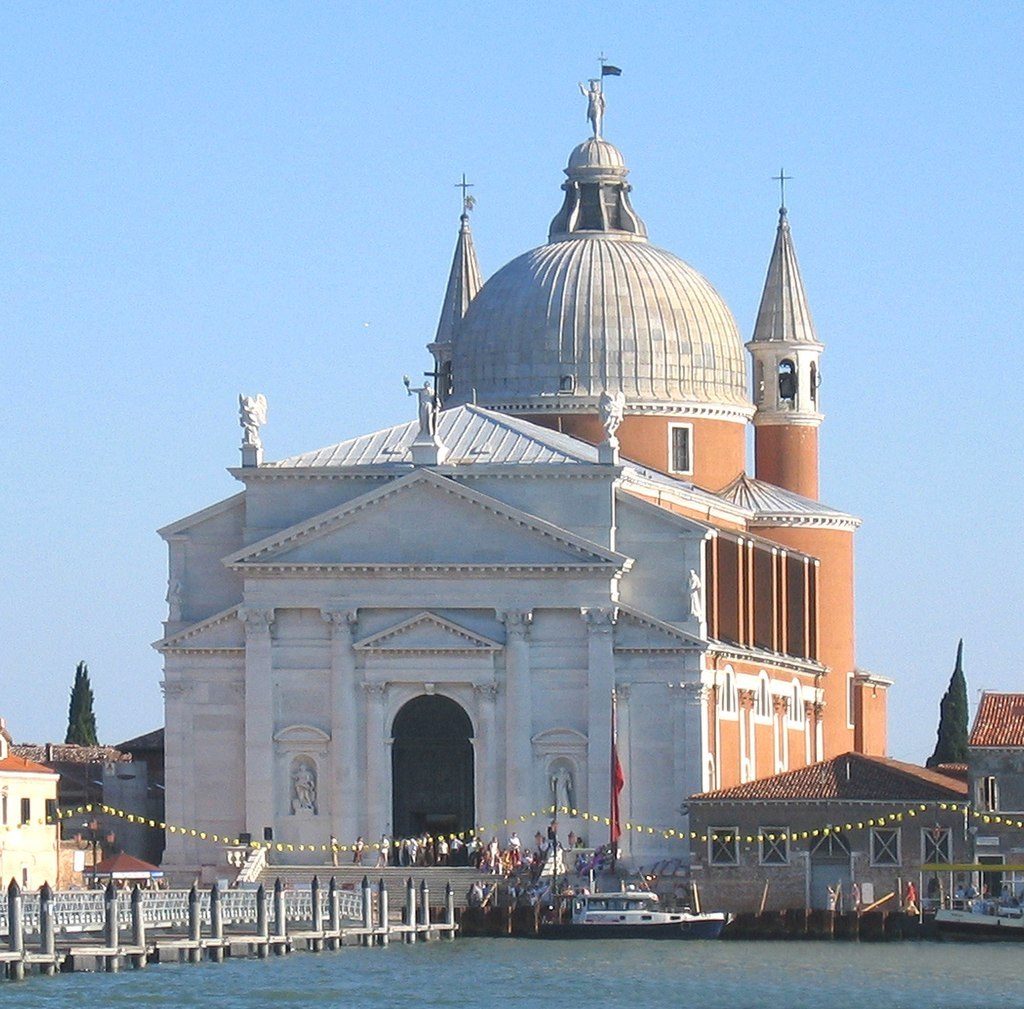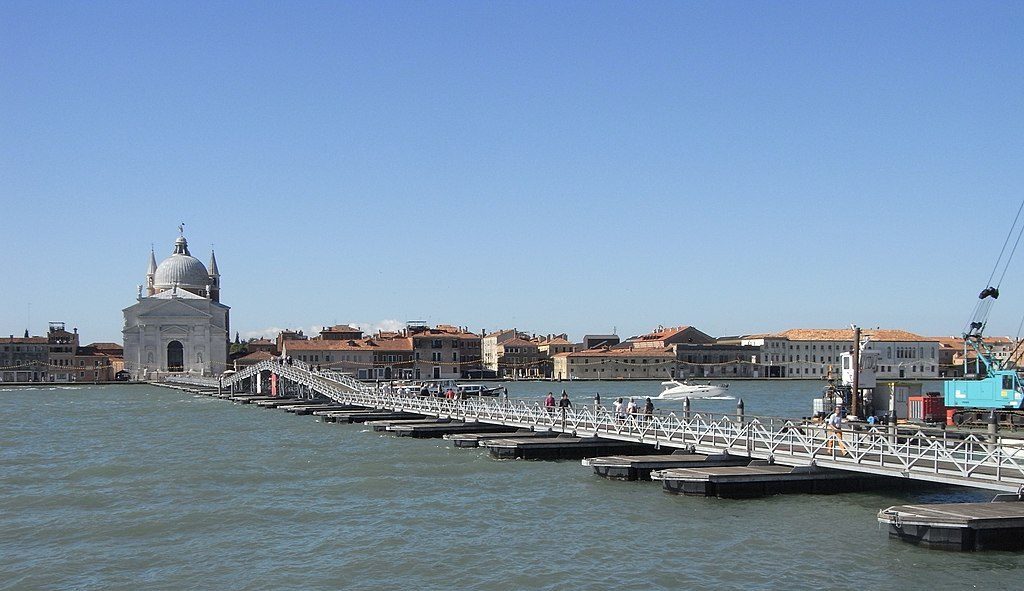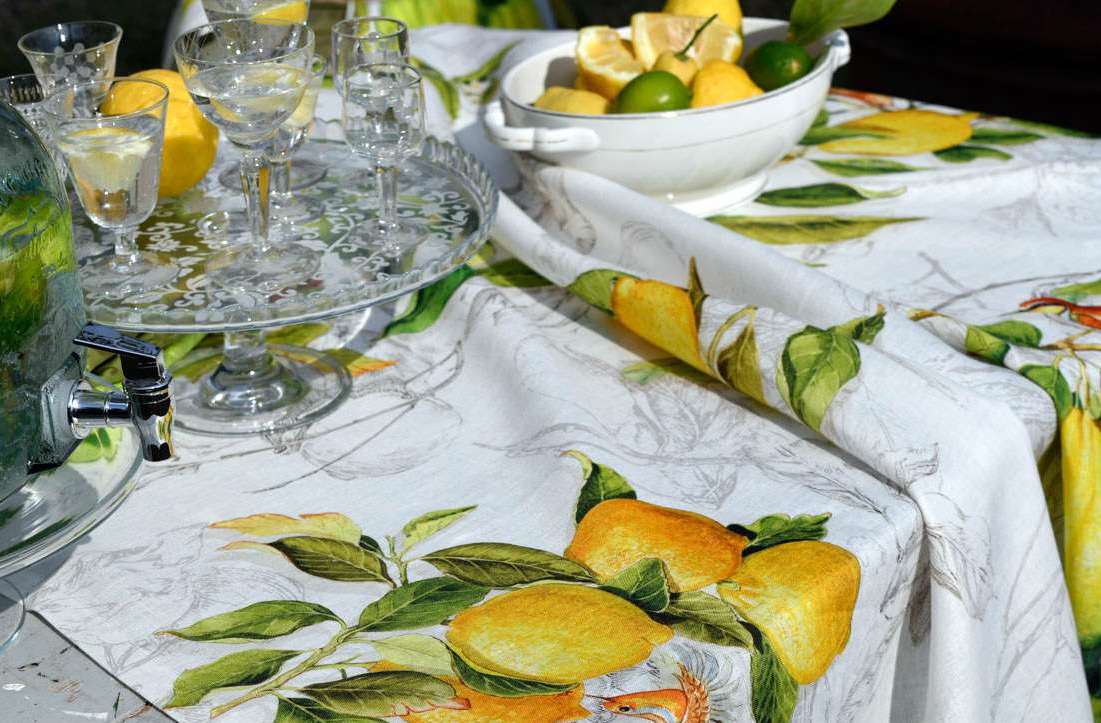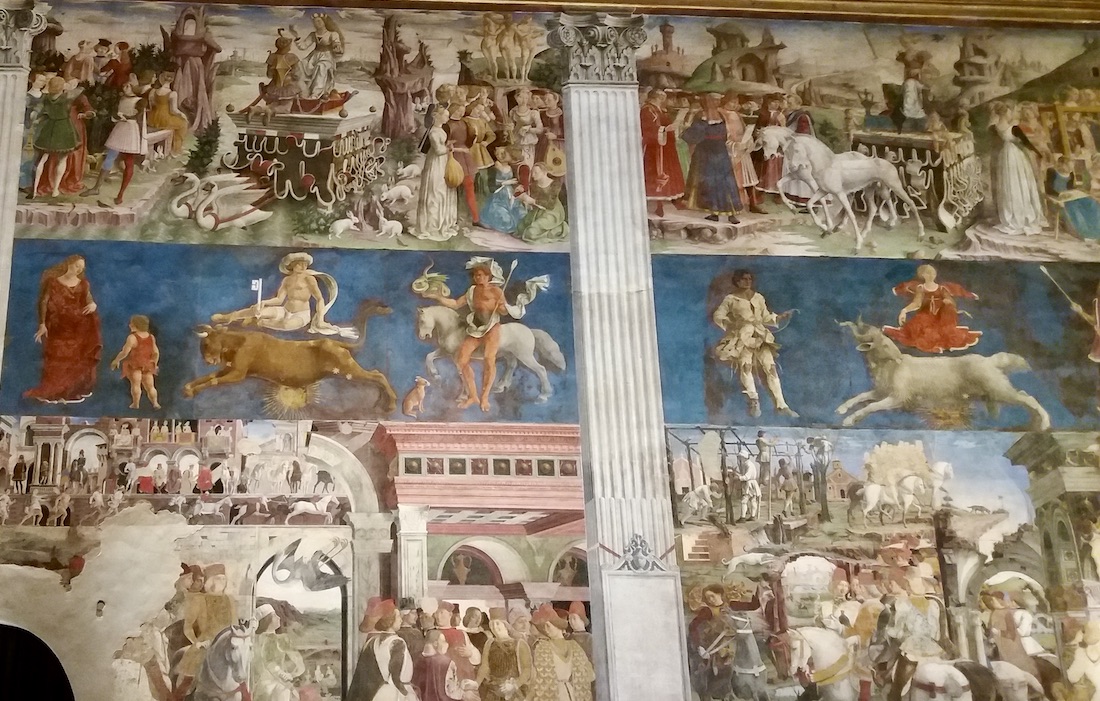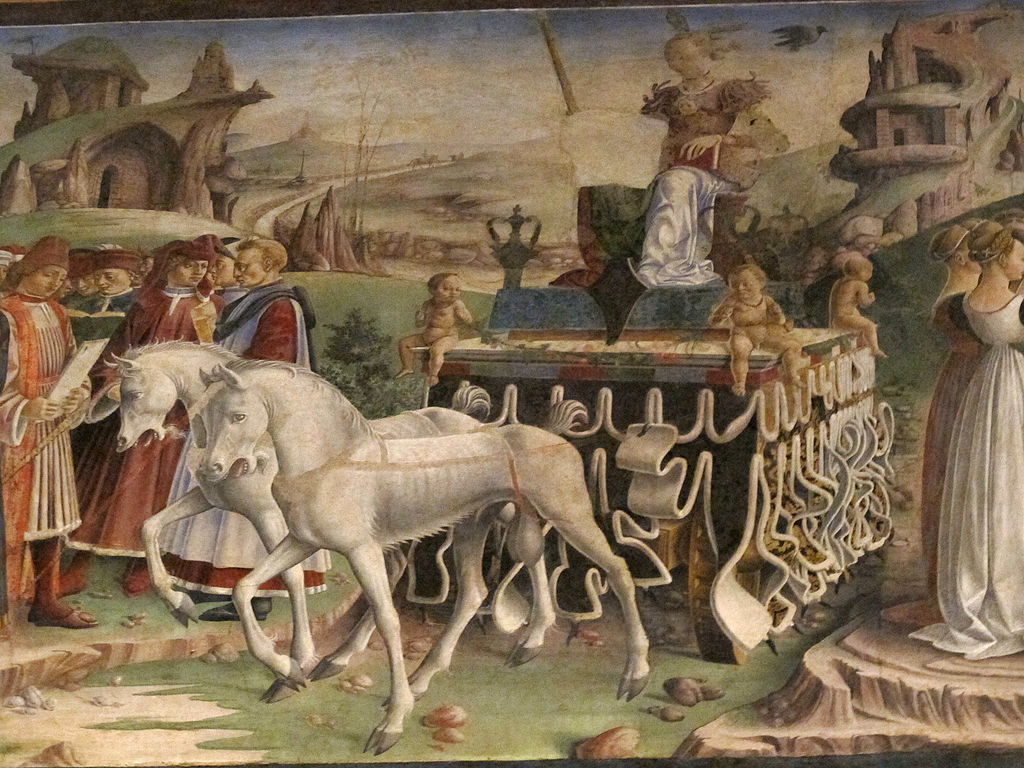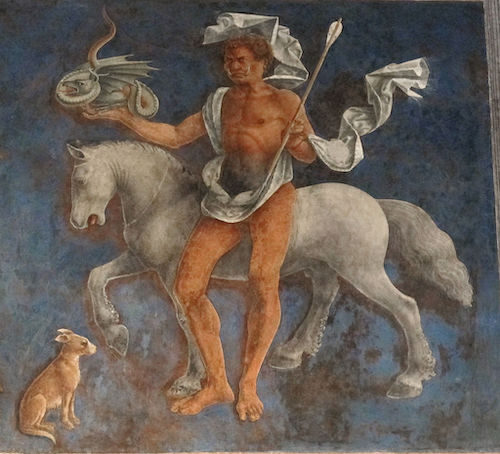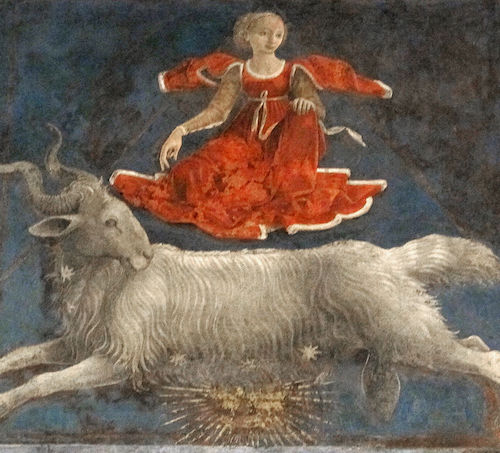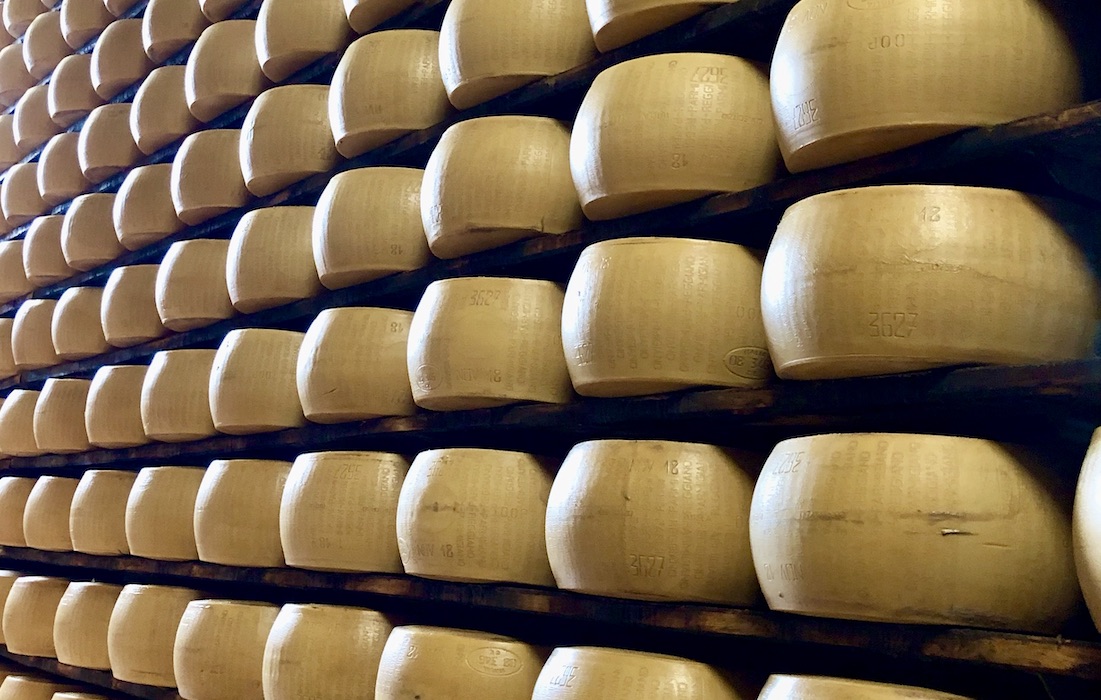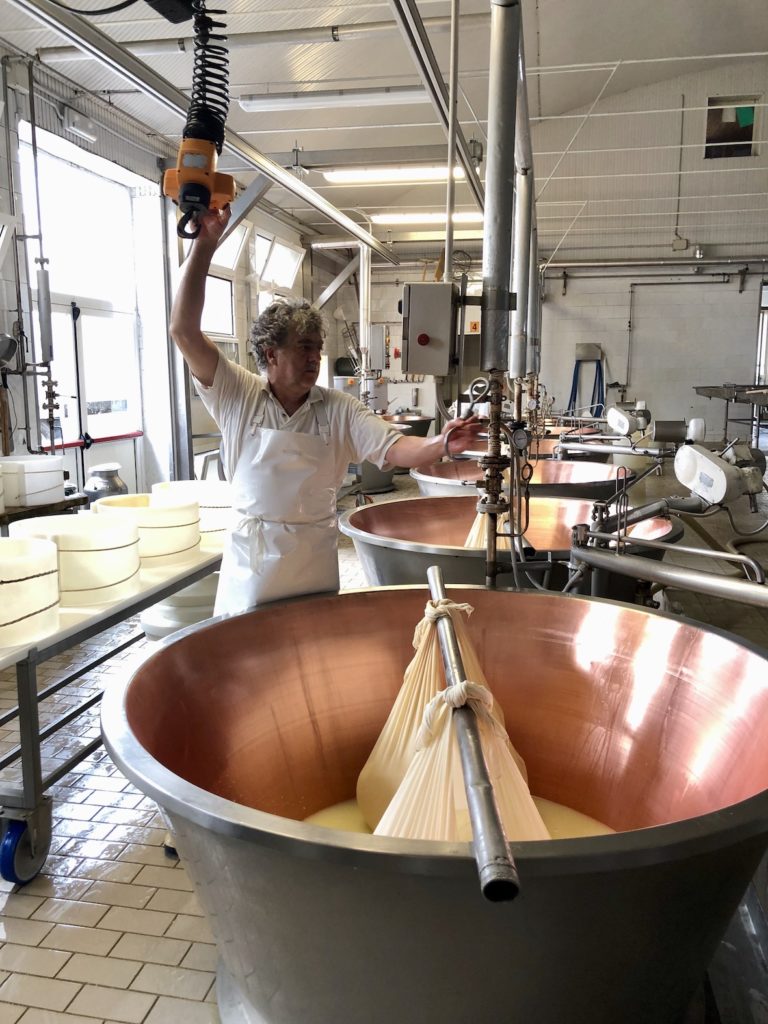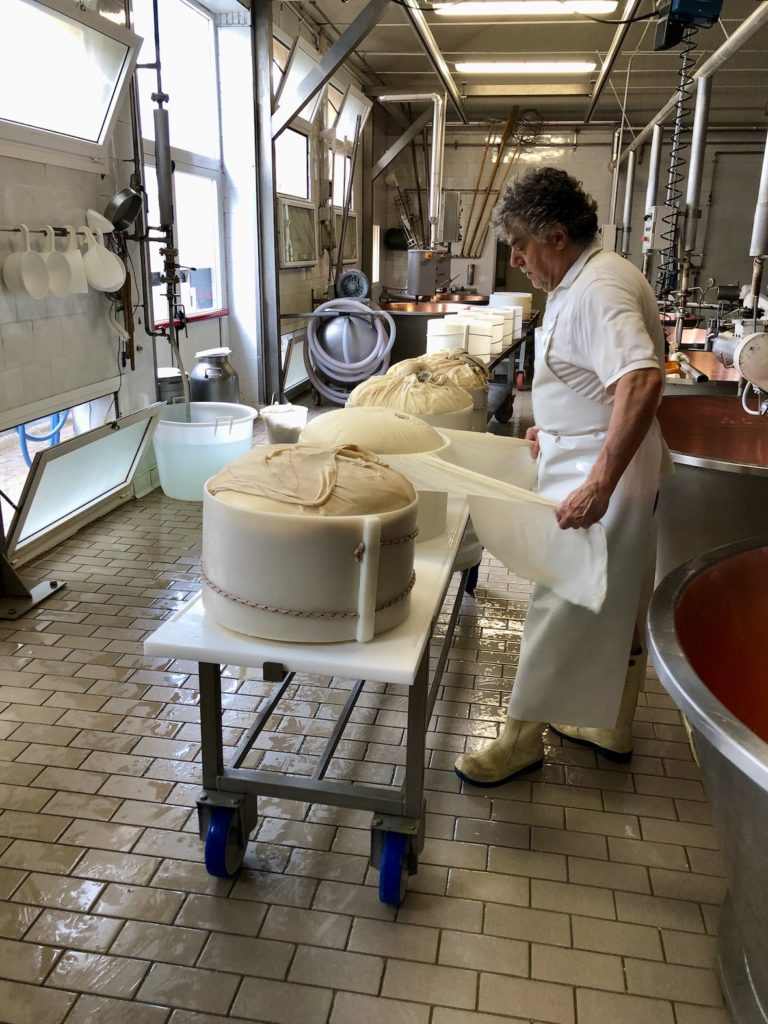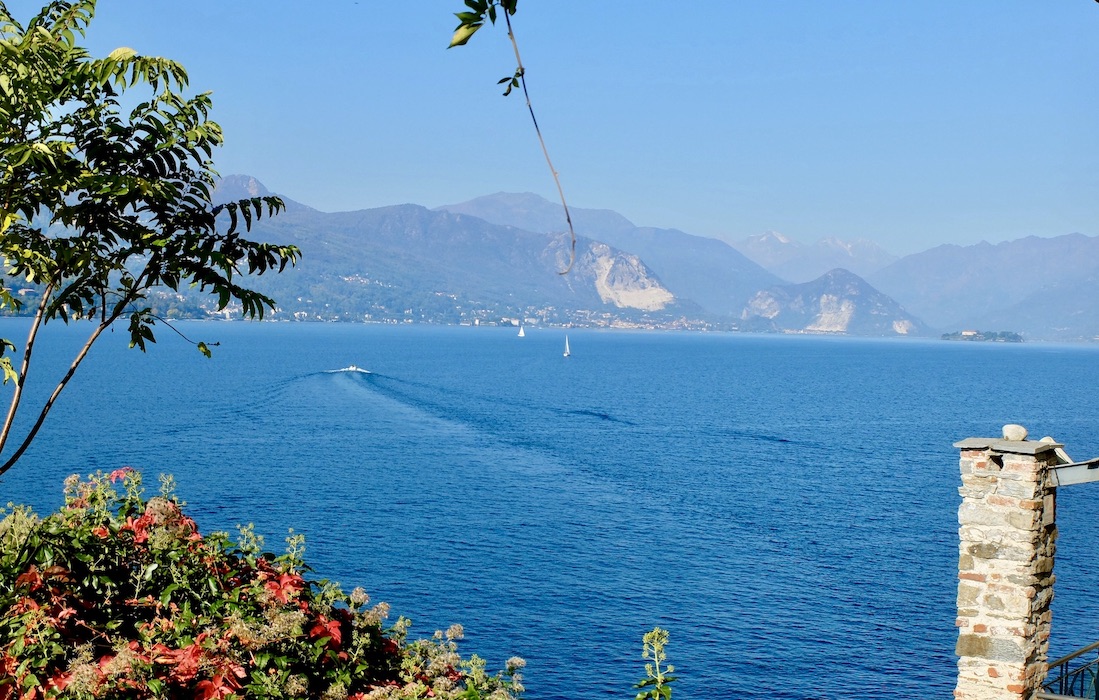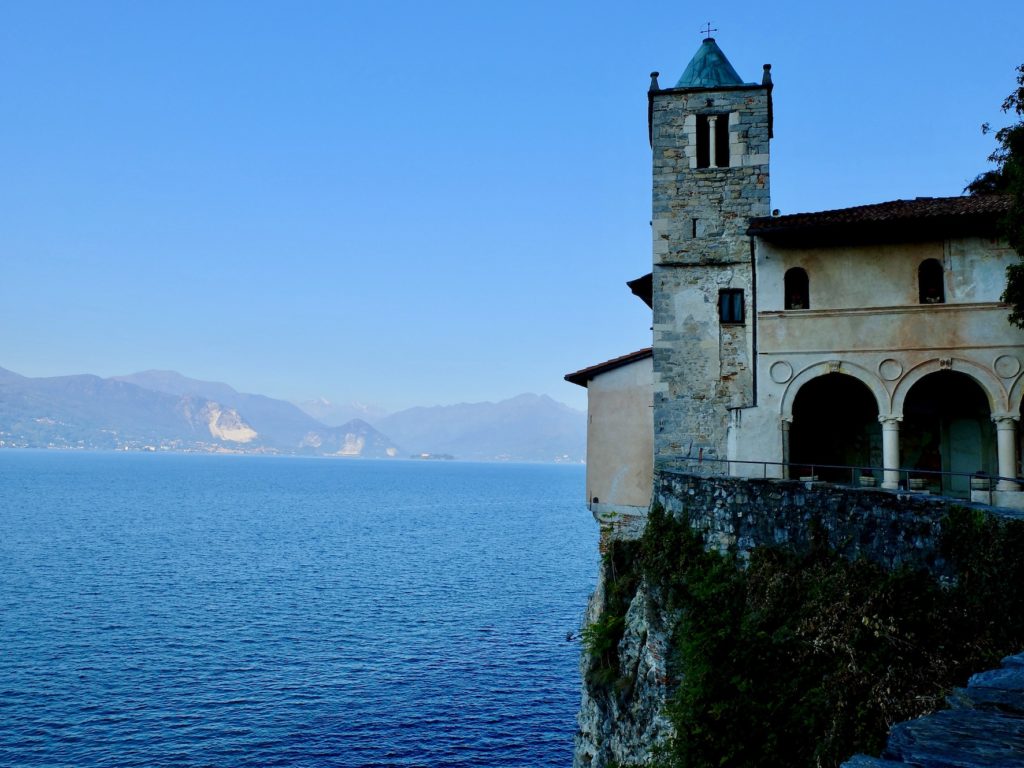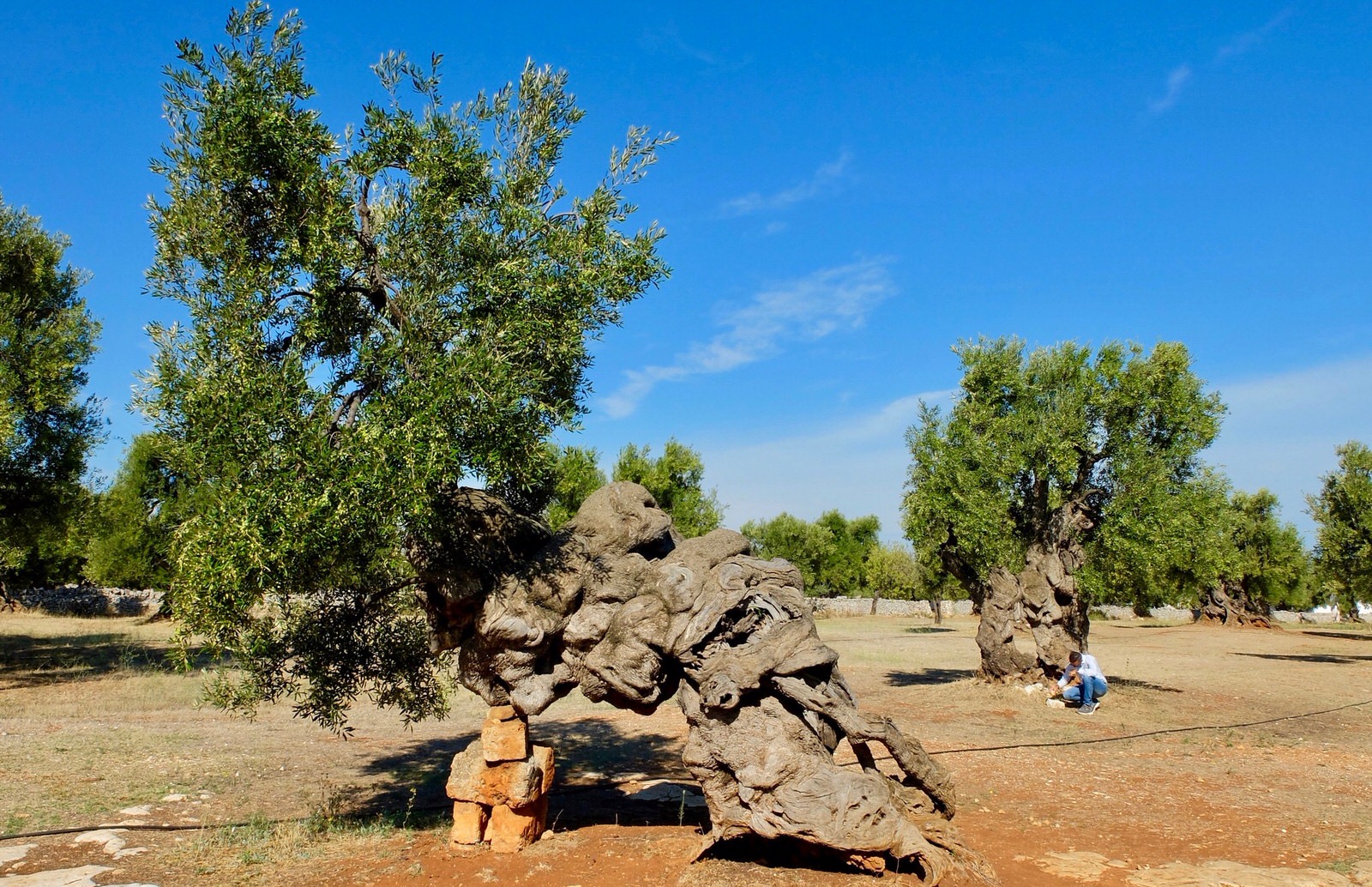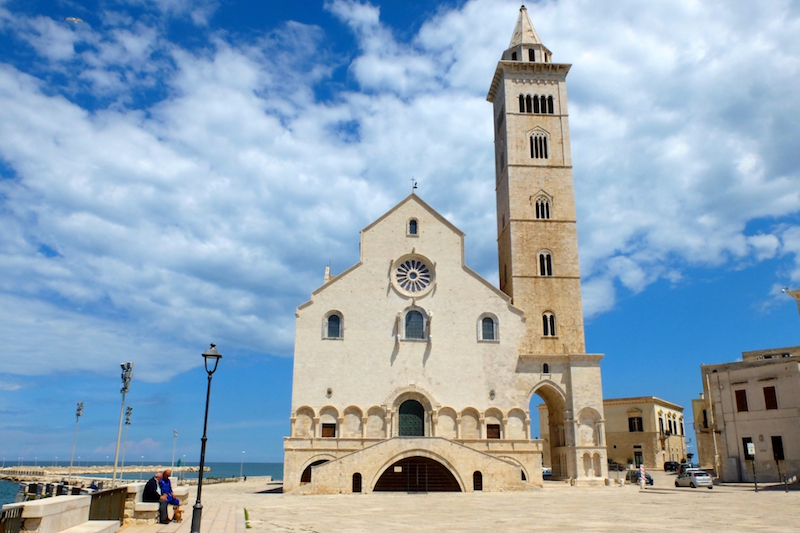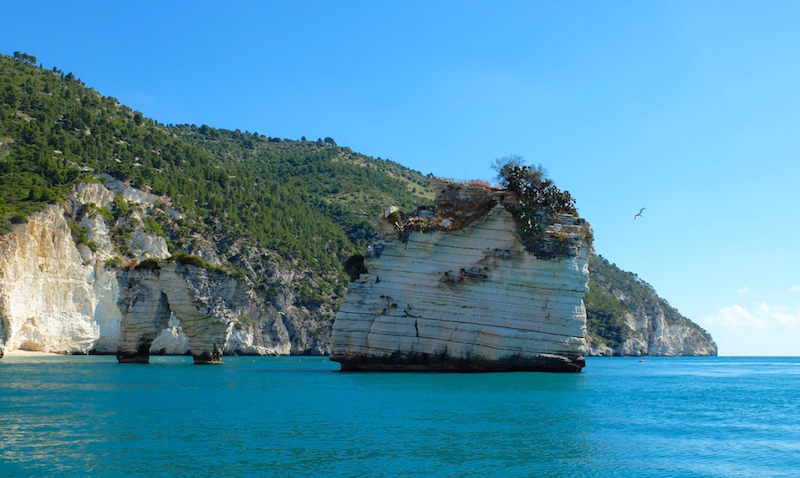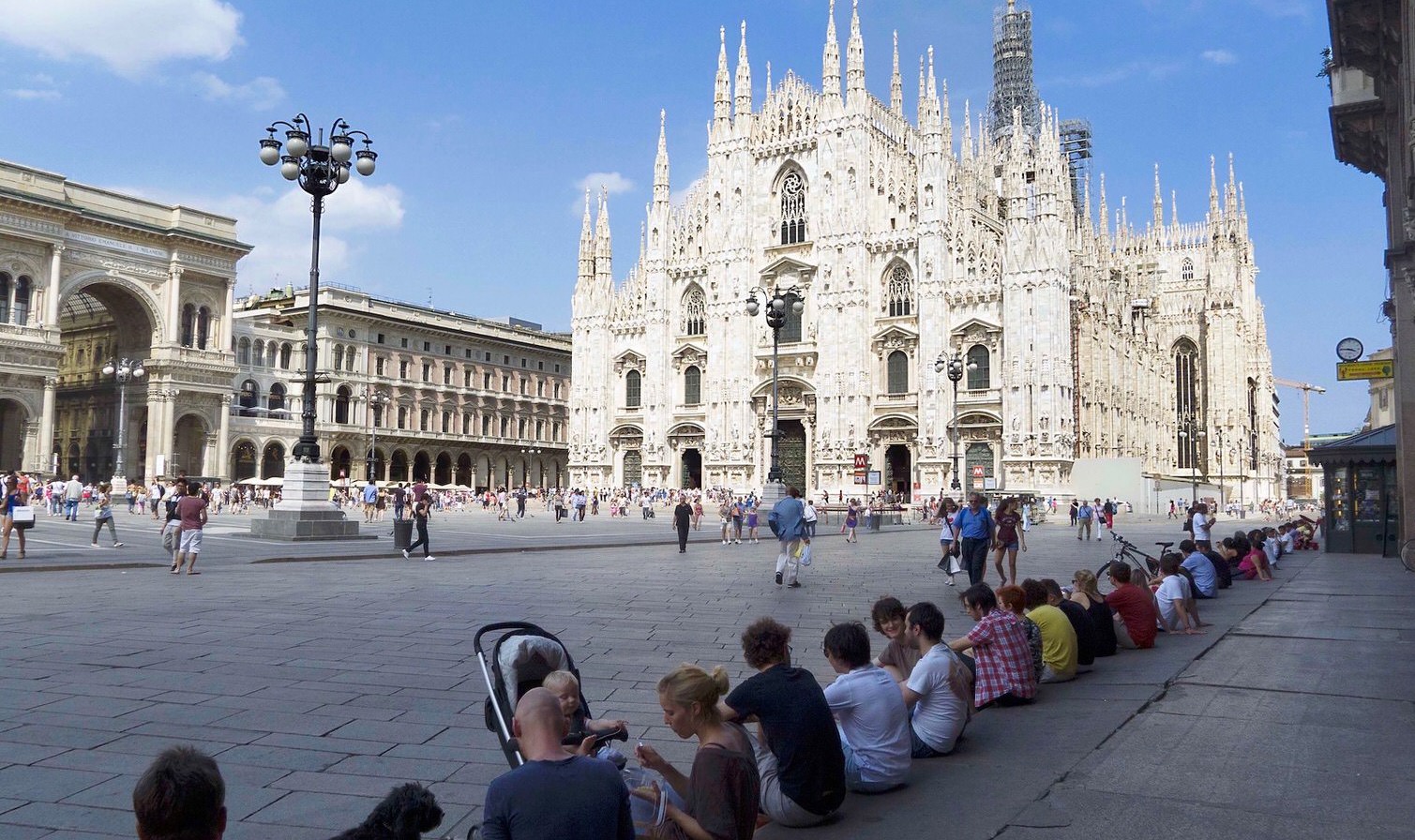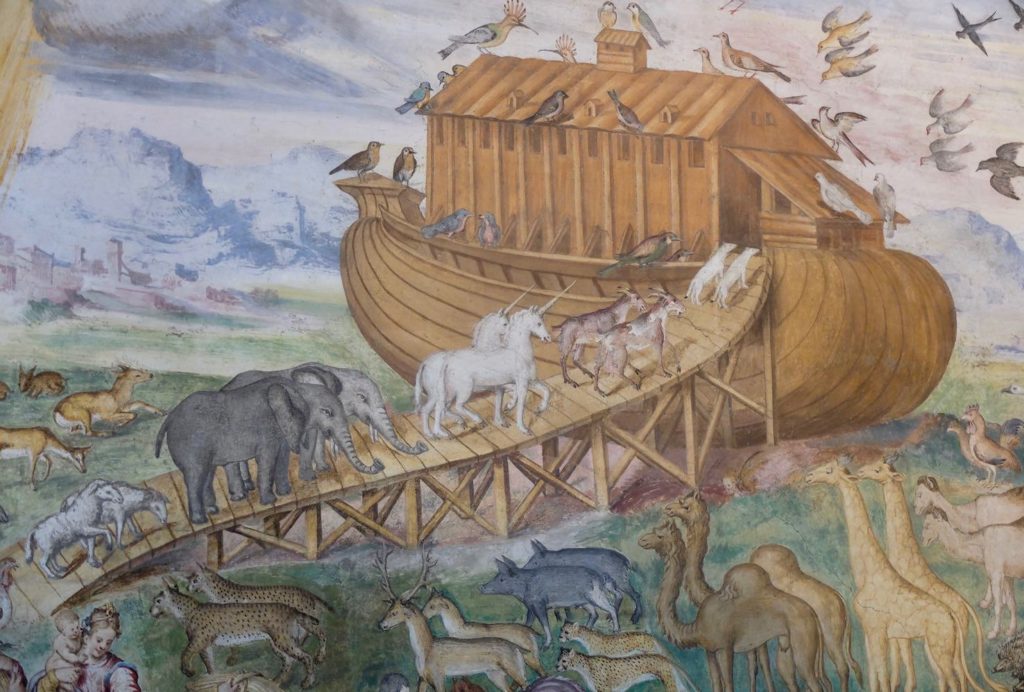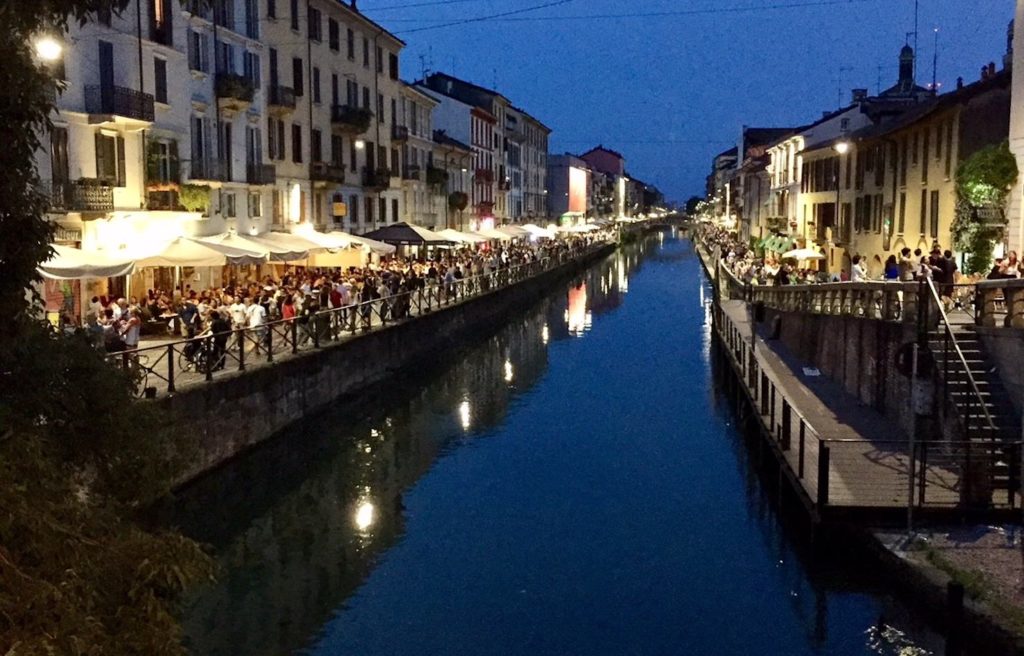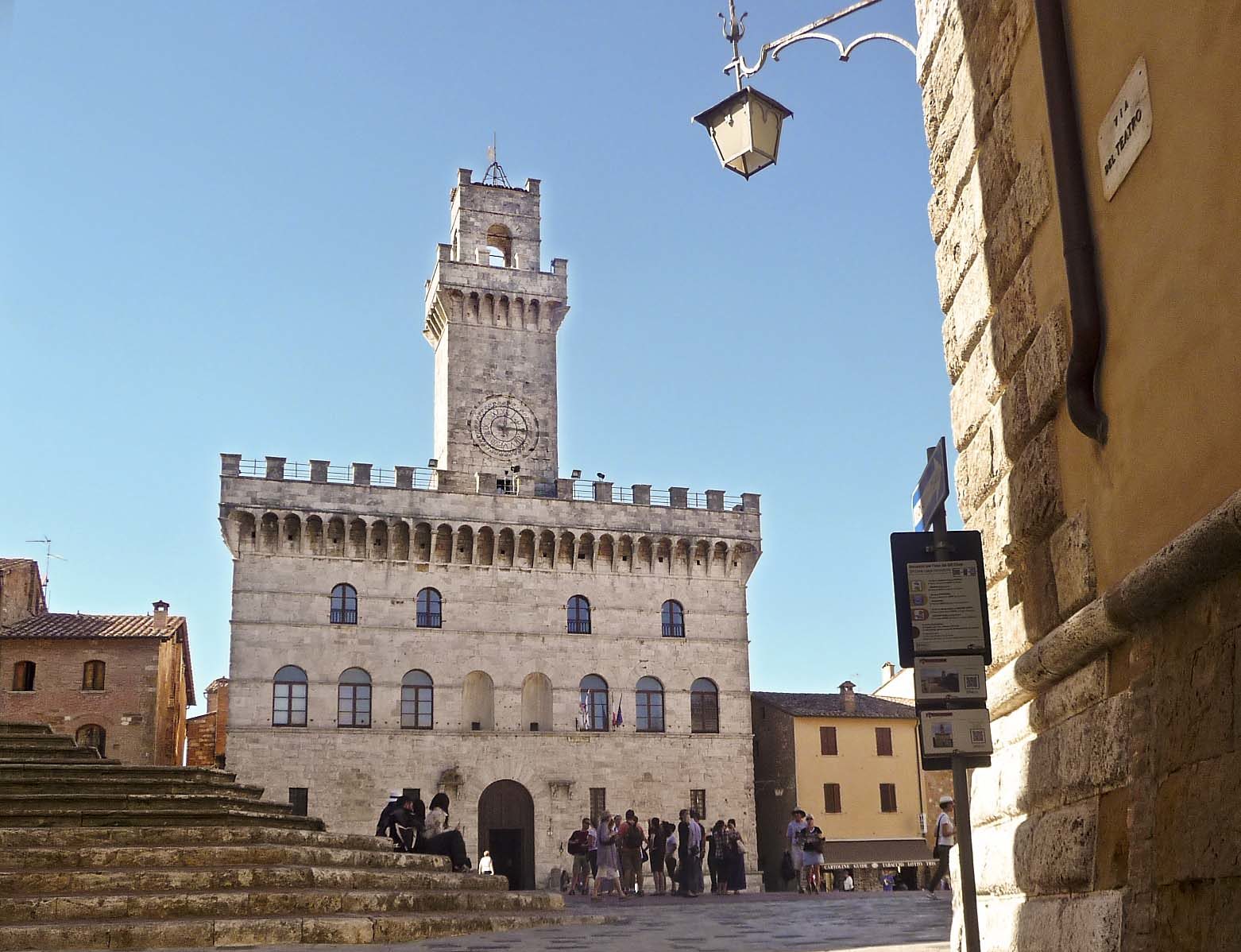01 Jun FIVE INTERESTING FACTS ABOUT LAKE COMO
Lake Como is rightly one of the most popular summer destinations in northern Italy and lots of people know the lake for its beautiful scenery and elegant villas. But there is more to Lake Como than meets the eye.
1. Lake Como is one of the deepest lakes in Italy.
It’s the depth that gives the waters their vivid blue colour that makes for such spectacular vistas! At its deepest points, the waters of Lake Como are more than 425 metres deep. Australia’s deepest lake, by comparison, is Lake St Clair in Tasmania, which is about 200 metres deep.
I’m also guessing that’s why the waters of Lake Como are so cold!
2. The town of Como was an important centre in Roman times.
The Romans built the Via Regina along the lake’s western shore. This placed Como in a vital position on the major trading route between the Po valley on the Italian peninsula and the Rhine Valley in what is now Switzerland. The lake’s popularity as a summer resort also started in Roman times, with wealthy Romans recognizing the beauty of the area and beginning to build villas on the lakeshore.
3. Lake Como supposedly has its very own lake monster, Lario!
The first reported “sighting” was in 1946 when a large reptile-like creature was spotted swimming in the lake. It was named Lariosauro, after the prehistoric reptile whose fossilized remains were found near Lake Como (Lariosaurus balsami).
There have only been a handful of sightings over the years, so it must be very shy!
Main image (above) by Bruce Meier on Unsplash
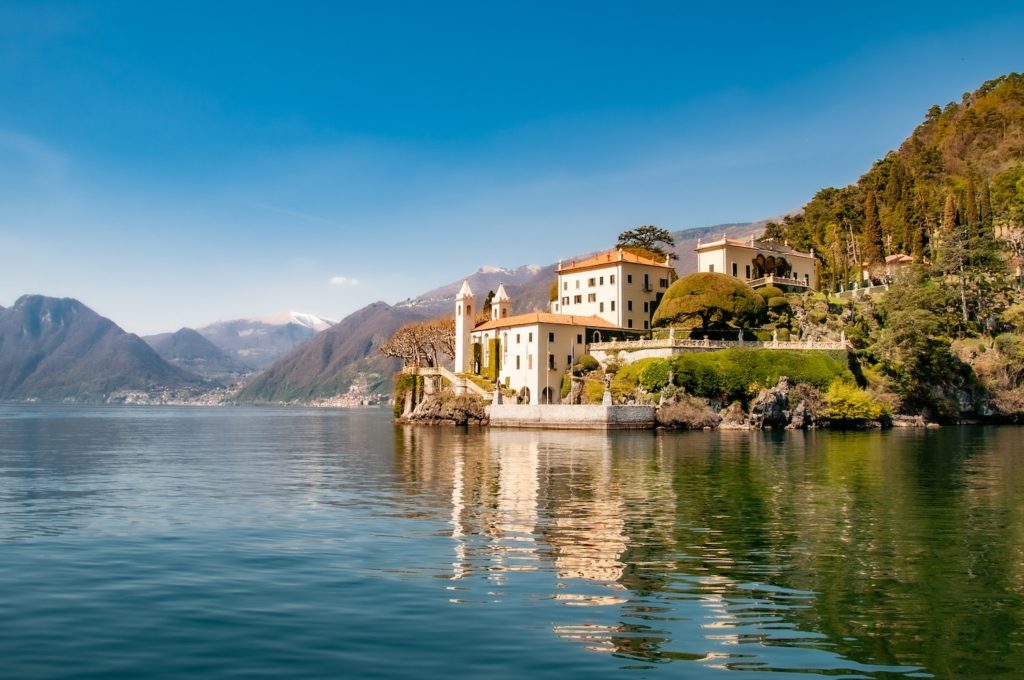
Photo by Lewis J Goetz on Unsplash
4. Lake Como is the capital of Italy’s silk production.
No one knows precisely how silkworms first came to Italy, but one fascinating account has two priests smuggling them out of China in the 6th Century!
It wasn’t until the 15th Century that silk production in the Como area really commenced. Ludovico Sforza, the Duke of Milan, ordered the planting of mulberry trees on the shores of Lake Como. This led to the dramatic expansion of the silk industry, as fascinatingly, silkworms can eat anything but will only produce silk when they are eating mulberry leaves.
The establishment of a prestigious school for silk artisans in the 19th Century cemented Como’s industry dominance. The school still operates today and trains some of the world’s most talented silk masters.
5. Como played a role in closing a dark chapter in Italy’s history.
In 1945, Italian partisan forces captured a party of retreating fascist officials who were fleeing north towards Switzerland. Amongst them were Mussolini and his lover Petacci. They were summarily tried and executed on the shores of the lake at Giulino di Mezzegra, thus ending a sad chapter in Italian history.
When we stayed in Lenno in 2013 after our wedding, we were walking in the hills behind Lenno and stumbled across the site, commemorated by a small plaque on the gate of a private house. It was pretty chilling.
Are you planning a trip to Lake Como?
We can help with recommendations for hotels, restaurants and things to do, even where to buy Como’s famous silk. Just get in touch, and we can put together a custom itinerary for you.
If you’d like to join one of the tours that visit Lake Como, it’s not too late to join our Milan and the Lakes tour in 2022 or start planning for one of our 2023 tours.

